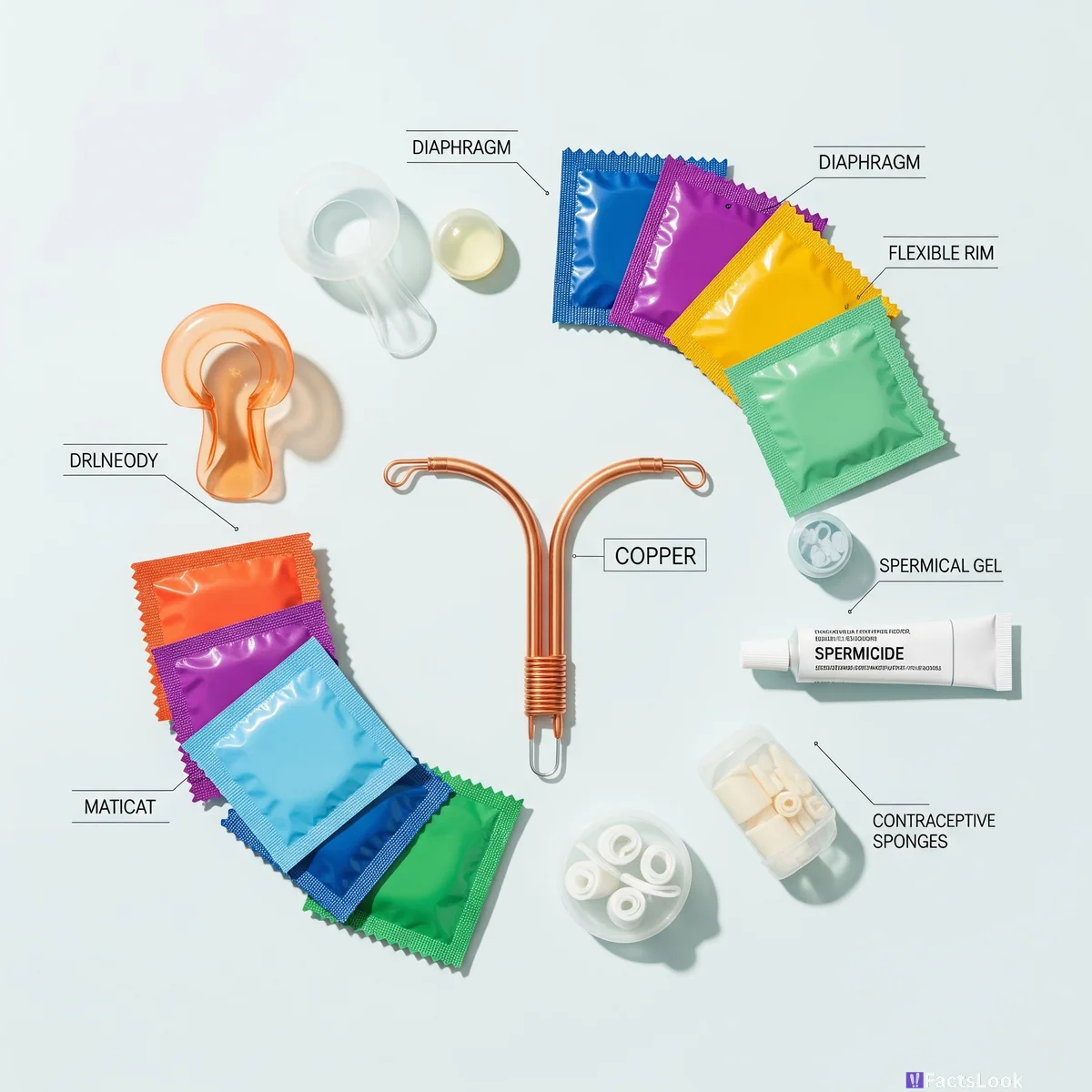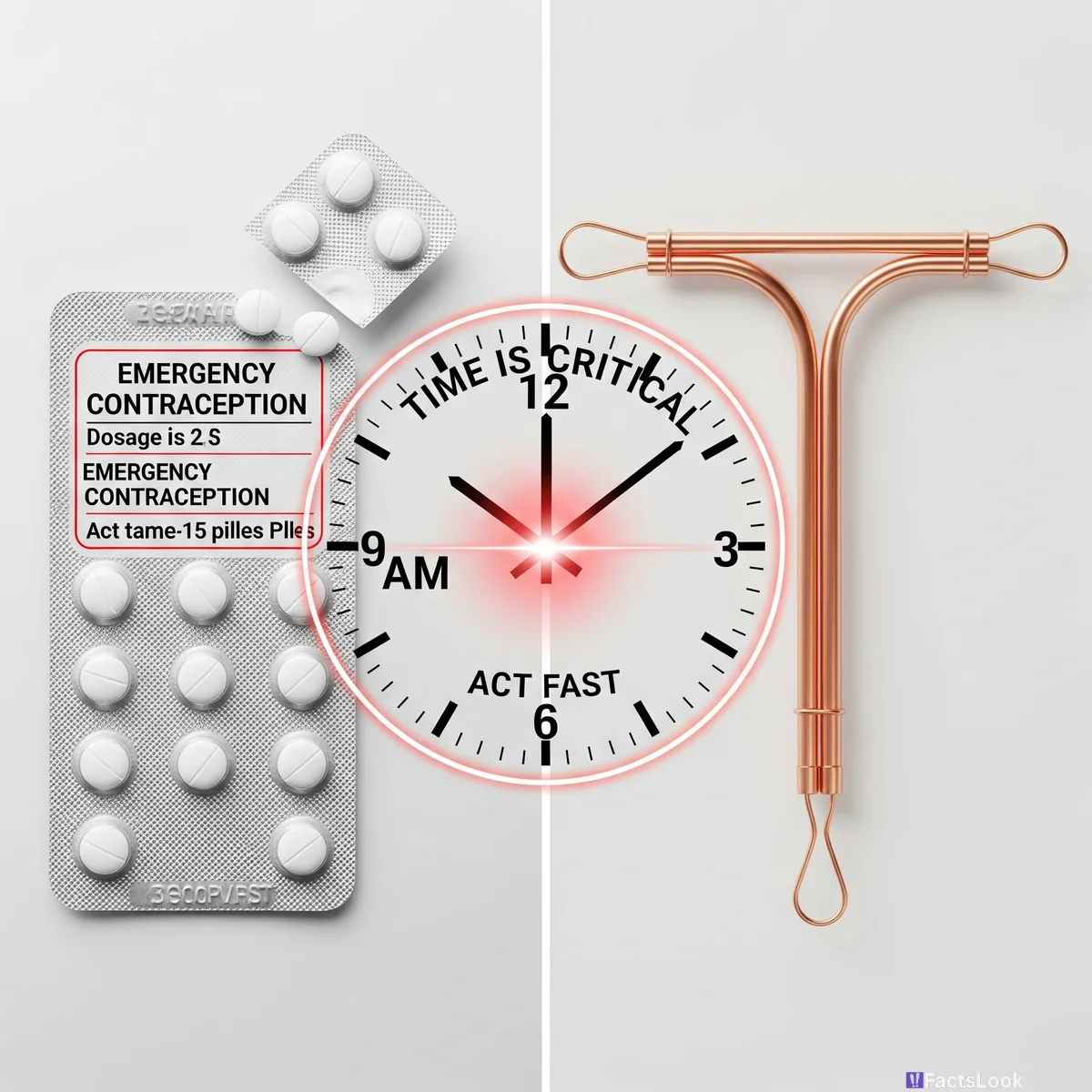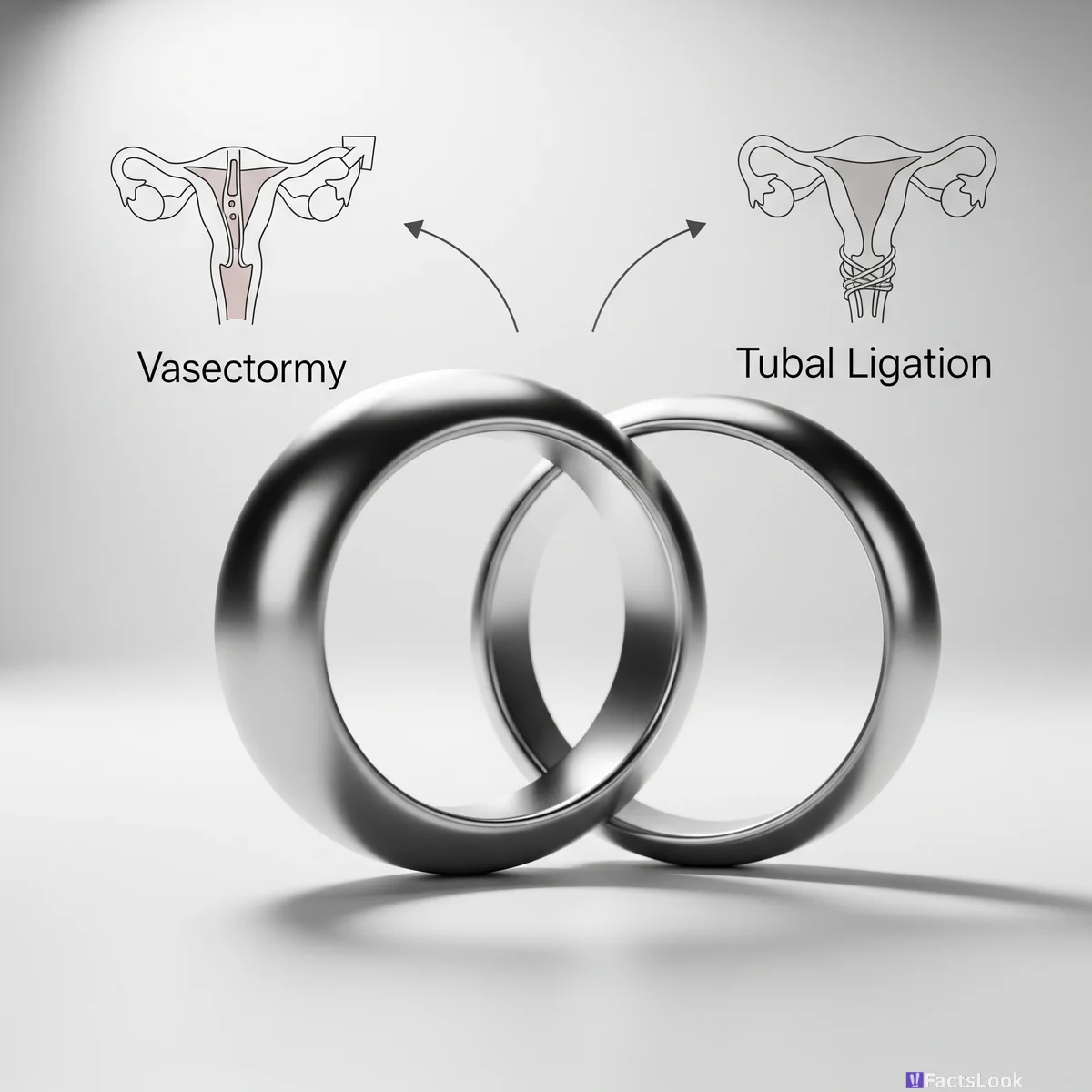Ancient Egyptians Used Crocodile Dung for Birth Control - Here’s What’s Next in 2026

1. Ancient Origins: Crocodile Dung as Contraception

Believe it or not, ancient Egyptians used crocodile dung as a form of birth control! Mixed with honey and other ingredients, it was inserted into the vagina. While not effective by modern standards, it highlights humanity's long quest for contraception.
2. The Condom's Surprisingly Long History
Condoms aren't a modern invention! Evidence suggests they were used as far back as ancient Rome and Egypt, often made from animal intestines or linen. Early condoms focused more on disease prevention than just birth control.
3. The Pill's Unexpected Social Impact

The birth control pill, approved in the 1960s, is often credited with sparking the sexual revolution. It gave women greater control over their reproductive health, significantly impacting social norms and women's roles in society.
4. Not Just for Birth Control: The Pill's Hidden Benefits
Beyond preventing pregnancy, birth control pills offer surprising health benefits! They can regulate periods, reduce acne, alleviate PMS symptoms, and even lower the risk of certain cancers like ovarian and endometrial cancer.
5. Male Birth Control: Closer Than You Think
While the female pill is common, male birth control options are catching up. Researchers are actively developing male birth control pills, gels, and injections. Expect potential breakthroughs in male contraception by 2025 and beyond.
6. Beyond Hormones: Non-Hormonal Options Expanding

Hormonal birth control isn't for everyone. The good news? Non-hormonal options are becoming increasingly available. Copper IUDs, barrier methods, and new non-hormonal pills offer alternatives for those seeking hormone-free contraception.
7. The Rhythm Method: Fact vs. Fiction
The rhythm method, or natural family planning, relies on tracking menstrual cycles to avoid pregnancy. While it can be effective when done meticulously, its success rate is lower than more modern methods due to cycle variability.
8. Emergency Contraception: More Than Just the 'Morning After Pill'

Emergency contraception (EC) isn't just one pill. Options include EC pills and the copper IUD. EC pills work best when taken sooner after unprotected sex, but the copper IUD can be inserted up to 5 days later and provides ongoing contraception.
9. The IUD: Long-Lasting and Reversible Powerhouse
Intrauterine devices (IUDs) are highly effective and long-lasting reversible contraceptives. Hormonal IUDs can last up to 7 years, while copper IUDs can last up to 10 years, offering years of worry-free birth control after a single insertion.
10. Birth Control and Fertility: Debunking Myths

Many believe long-term birth control use affects future fertility. This is largely a myth. Most women regain fertility quickly after stopping birth control, regardless of how long they used it. Fertility typically returns within a few months.
11. The Diaphragm and Cervical Cap: Barrier Methods Revisited
Diaphragms and cervical caps are reusable barrier methods that are placed in the vagina to block sperm from entering the uterus. While less popular than other methods, they offer hormone-free contraception and can be used on demand.
12. Spermicide: Not a Standalone Star
Spermicide, a chemical that kills sperm, is available in various forms. However, when used alone, it's not highly effective at preventing pregnancy. It's best used in combination with other barrier methods like condoms for increased protection.
13. Birth Control Patches and Rings: Discreet and Effective

Birth control patches and vaginal rings are hormonal methods that offer convenience. The patch is applied to the skin weekly, while the ring is inserted into the vagina monthly. Both release hormones directly into the bloodstream for contraception.
14. The Shot: A Quarterly Contraceptive Option
The birth control shot, Depo-Provera, is an injection given every three months. It's a highly effective hormonal method, but it can have side effects and may delay the return of fertility for some women after discontinuation.
15. Permanent Birth Control: Vasectomy and Tubal Ligation

For those certain about not wanting more children, vasectomy (for men) and tubal ligation (for women) offer permanent birth control. These are surgical procedures that effectively prevent future pregnancies with very high success rates.
16. Contraception and Culture: Global Variations in Use
Birth control use varies dramatically across cultures and countries. Factors like religion, social norms, access, and education significantly influence contraceptive choices and prevalence in different regions worldwide.
17. Teen Pregnancy Rates: The Impact of Contraception Access
Increased access to contraception has been linked to a significant decline in teen pregnancy rates in many countries. Comprehensive sex education and readily available birth control empower young people to make informed choices.
18. Environmental Footprint of Contraception: A Growing Concern

The environmental impact of different birth control methods is gaining attention. From plastic waste from condoms and pill packs to hormone release into water systems, researchers are exploring greener and more sustainable contraception options.
19. Apps and Wearables: Tech Revolutionizing Contraception
Technology is transforming birth control. Fertility tracking apps, wearable sensors, and even smart devices are emerging to help women monitor their cycles and manage contraception more effectively. Expect more tech integration by 2025.
20. Customized Contraception: Personalized Approaches on the Horizon
The future of birth control might be personalized. Genetic testing and individual health profiles could help tailor contraception choices to minimize side effects and maximize effectiveness for each individual woman. This personalized approach is developing.
21. Gene Editing and Contraception: A Distant Possibility

While still in early stages, gene editing technologies could potentially revolutionize contraception in the far future. Imagine gene therapies that could provide long-lasting or even reversible birth control with minimal intervention. Research is ongoing.
22. The Cost Barrier: Contraception Accessibility Challenges
Despite advancements, access to affordable birth control remains a challenge for many, especially in underserved communities. Financial barriers and lack of insurance coverage can limit contraceptive choices and impact reproductive health equity.
23. Misconceptions and Myths: Debunking Birth Control Fables
Numerous myths and misconceptions surround birth control. From weight gain to long-term health risks, many unfounded beliefs persist. Reliable information and open conversations are crucial to dispel these myths and promote informed decisions.
24. Birth Control and Relationships: Communication is Key

Choosing and using birth control is a crucial aspect of healthy relationships. Open communication between partners about contraceptive preferences, responsibilities, and any concerns is vital for shared decision-making and mutual respect.
25. Birth Control 2026 and Beyond: A Future of Choice and Innovation
Looking ahead to 2025 and beyond, the future of birth control is bright. Expect more diverse options, technological advancements, personalized approaches, and increased access. The focus is on empowering individuals with greater reproductive choices and control over their bodies.
Comments
Loading comments...